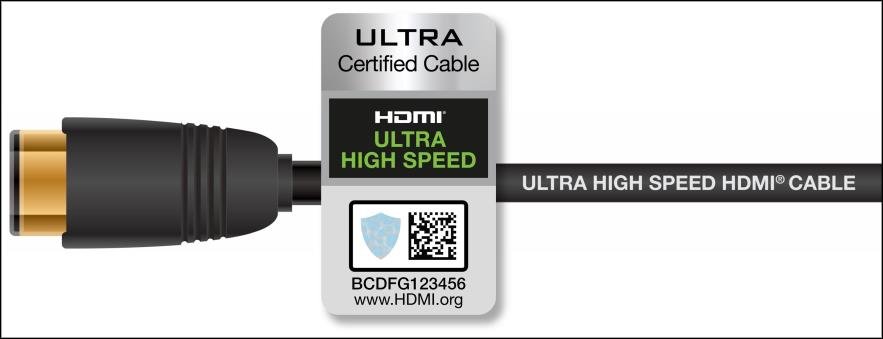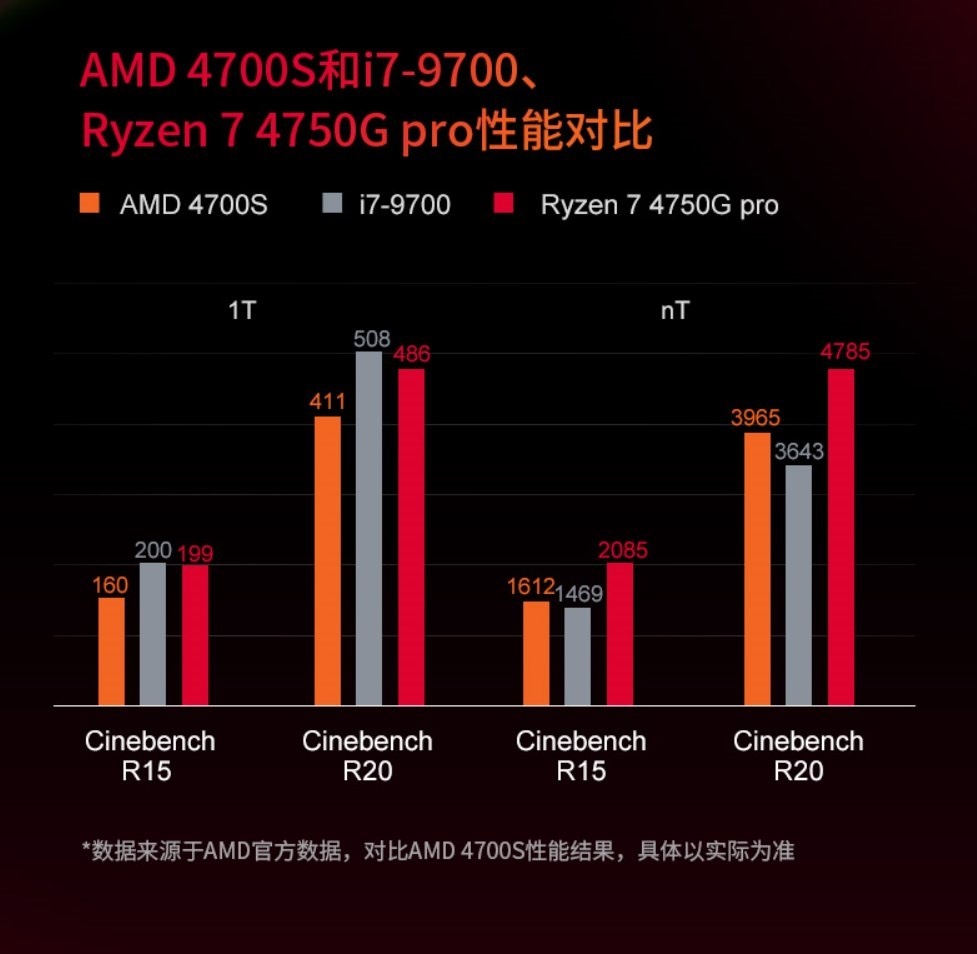The owner of Value Electronics is hardly proof dude. It's pure speculation and goes against the released, official information from the HDMI forum.
VRR is part of the basic HDMI 2.1 spec and has been finalised. This is repeatedly mentioned in all press releases and announcements the HDMI forum has made. There is no announcement from the HDMI forum that VRR is still in the works or not finalised, despite the HDMI specification being set in stone almost
4 years ago. That Sony rep is basically making that up wholesale. He is directly contradicting the information directly from the HDMI forum themselves. Which makes sense, as he is trying to come up with reasons as to why they have not implemented VRR yet, as you would expect from a Marketing Manager.
VRR being stated as a HDMI 2.1 feature for certifying
HDMI 2.1 cables:
Heck, even Sony themselves have an article stating that VRR is part of the HDMI 2.1
standard.
Feel free to show any proof from the HDMI forum themselves that HDMI 2.1 or VRR is not finalised, or that VRR is not part of the 2.1 specification.
After further investigation it appears the issue has got buggerall to do with the HDMI forum, but the crappy Mediatek chipset that both Sony and Panasonic use. Check this out:
It appears 4k+120Hz+VRR is going to be a problem with TVs that have that Mediatek chipset, and currently causes half resolution issues. It is telling that Panasonic has an upcoming "announcement" regarding 4k+120Hz+VRR.
This explains the issue rather well.
Personally, I am a bit pissed off that issues with Sony TVs are holding back my PS5 from having VRR enabled.















